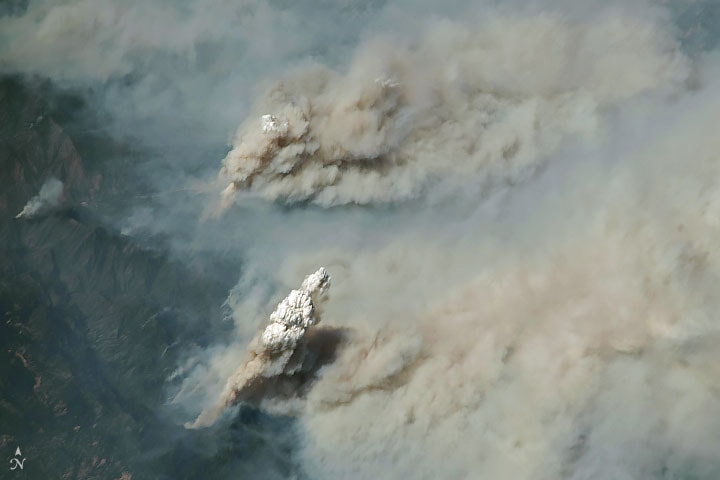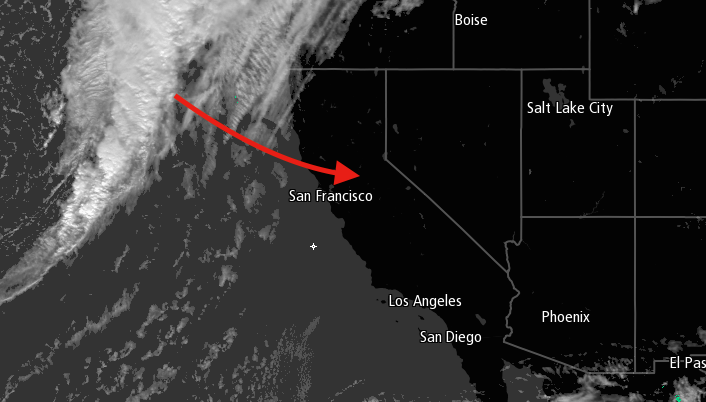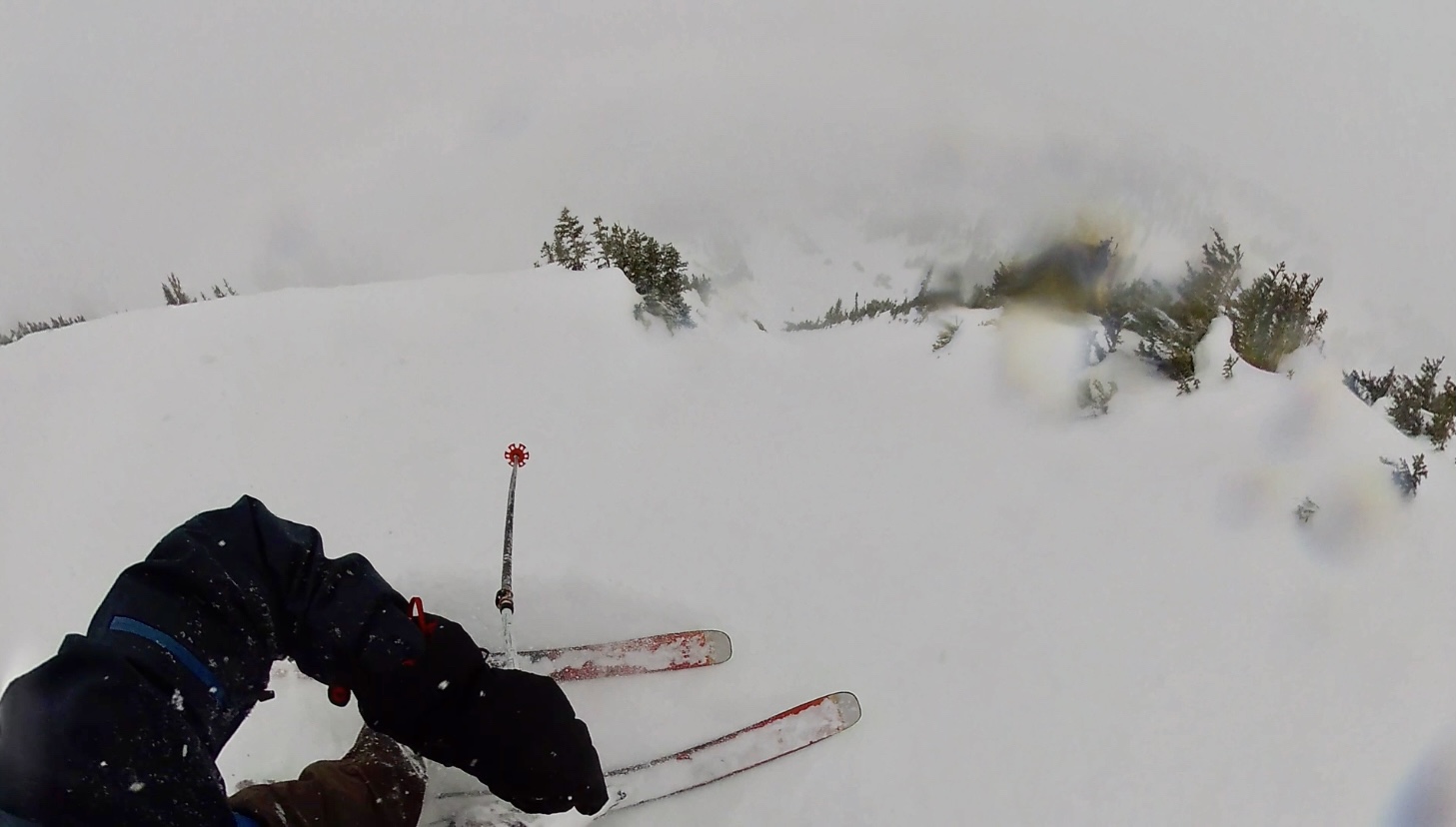
The below is a blog post from NASA Earth Observatory.
In July and August 2018, towering plumes of smoke have risen from several fires in northern California. Though heavy rains ended the lengthy drought that parched California, trees, and vegetation killed during that dry spell still linger in California’s forests. With all that extra fuel priming the state’s forests for large fires, a period of hot and windy weather this summer made it extremely difficult for firefighters to maintain the upper hand.
One of the fires—the Mendocino Complex—surpassed the 2017 Thomas fire to become California’s largest fire on record. As of August 7, 2018, the fire had charred 1,200 square kilometers (460 square miles), an area about the size of New York City. Another blaze, the Carr fire near Redding, had torched more than 1,000 homes, making it California’s sixth most destructive fire on record. Several thousand firefighters are battling each of the large fires in California.
The heat generated by intense wildfires can churn up towering pyrocumulus and pyro-cumulonimbus clouds, which lift smoke above the boundary layer, the lowest part of the atmosphere.
“The hotter a fire burns, the higher up smoke can go, and the farther it can spread,” explained Amber Soja, an atmospheric scientist at NASA’s Langley Research Center.
Smoke injected above the boundary layer often travels hundreds or thousands of kilometers away from the source before descending. Satellites have observed smoke from the California fires spreading into nearly two dozen states, though the highest concentrations were found in California and the Great Basin.
On August 6, 2018, the Operational Land Imager (OLI) on Landsat 8 captured an image (top) of a dense column of smoke topped by a pyrocumulus cloud over the Ranch fire. The photograph below, taken on August 2 by an astronaut on the International Space Station, shows another pyrocumulus cloud rising from the Ferguson fire near Yosemite National Park. The park service closed Yosemite Valley and other parts of the park due to heavy smoke.

“Many of the larger fires in California have produced pyrocumulus clouds on an almost daily basis,” said Scott Bachmeier, a research meteorologist at the University of Wisconsin-Madison. “While much of the smoke is being ejected to high altitudes and transported eastward across the Lower 48 states, some of it has been confined to the boundary layer, reducing visibility and affecting air quality near the fires.”
In Sacramento County, authorities warned people to stay indoors through August 10. In parts of southern Oregon, ground-based sensors measured particle pollution levels above 500 micrograms per cubic meter. That is about as bad as it gets in Beijing on a very polluted day, Ryan Stauffer, a postdoctoral fellow at NASA’s Goddard Space Flight Center told The Washington Post.
The U.S. Environmental Protection Agency and other agencies have reported airborne particulates at levels up to 990 micrograms per cubic meter—about 80 times higher than air quality guidelines consider “good,” according to Pawan Gupta, an atmospheric scientist at NASA’s Marshall Space Flight Center.
As fires chew through wood, grass, homes, and other materials, a noxious mix of gases and fine particles enter the atmosphere, including carbon monoxide, carbon dioxide, hydrocarbons, nitrogen oxides, organic carbon, and black carbon. Fine particles (PM2.5)—particularly black carbon (soot)—are especially harmful because they can easily enter the lungs and bloodstream. Health research links PM2.5 and black carbon exposure to respiratory diseases, heart problems, and other ailments. Fires that burn at relatively low temperatures and smolder in moist fuels are the most likely to produce black carbon and other toxic pollutants because they tend to burn less completely than hotter fires burning through dry fuels.

The map above shows the plumes of black carbon associated with the Carr, Mendocino, and Ferguson fires. The map shows black carbon data from the GEOS-5 forward processing model, which assimilates information from several sources. According to data from the California Air Resources Board, wildfires are a major source of black carbon emissions in California, far surpassing vehicle emissions, wood stoves, industrial emissions, agricultural fires, and other sources of the pollutant.
The U.S. Forest Service says it now spends more than 50 percent of its budget suppressing wildfires, and that fire seasons are 78 days longer than in the 1970s. Since 2000, at least 10 states have had their largest fires on record.




